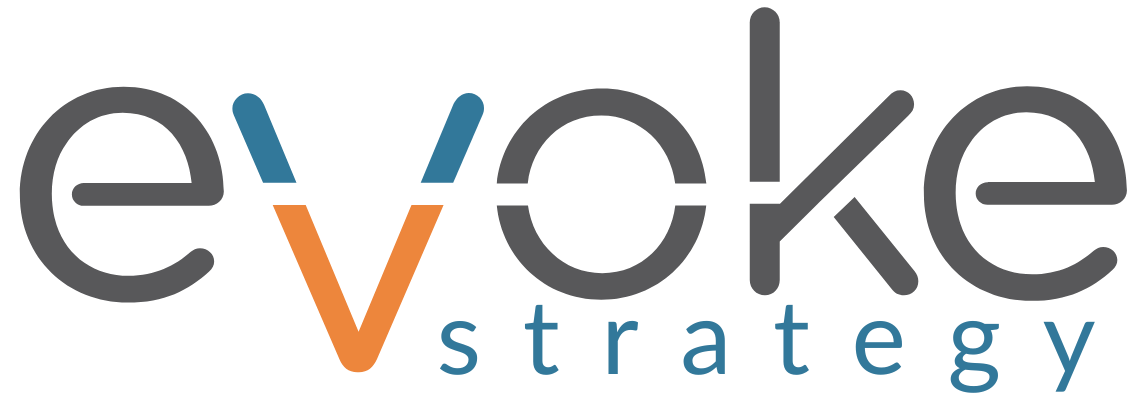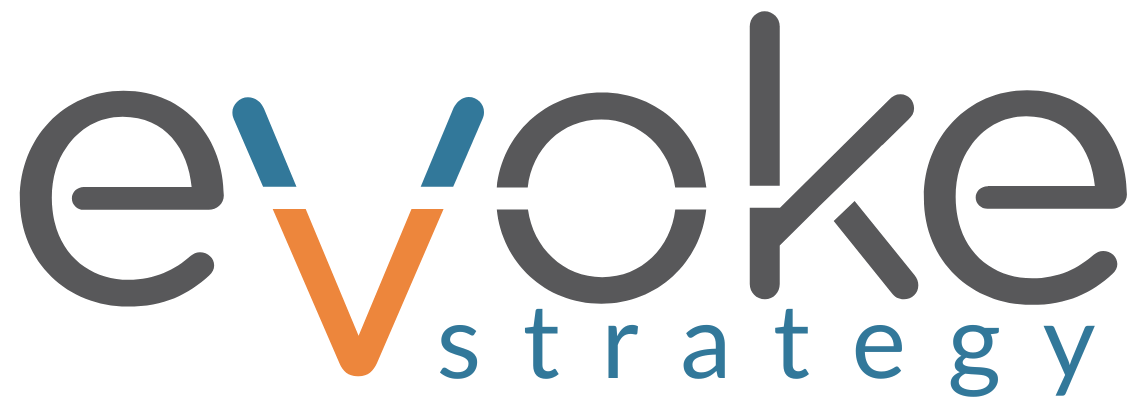Internal communications serve as the backbone of any organization, playing a pivotal role in fostering workplace engagement. Effective communication within a company not only ensures that employees are informed about organizational goals, policies, and changes but also cultivates a sense of belonging and purpose among team members. When employees are well-informed, they are more likely to feel valued and connected to the organization’s mission, which can significantly enhance their motivation and productivity.
Research has shown that organizations with strong internal communication practices experience higher levels of employee satisfaction and retention, as employees feel more engaged and aligned with their work. Moreover, internal communications facilitate collaboration and teamwork, which are essential for achieving organizational objectives. When information flows freely across departments and teams, employees can work together more effectively, share ideas, and innovate.
This collaborative environment not only boosts morale but also leads to better problem-solving and decision-making. In contrast, poor internal communication can result in misunderstandings, confusion, and a lack of direction, ultimately hindering employee engagement and organizational performance. Therefore, prioritizing internal communications is crucial for any organization aiming to create a motivated and engaged workforce.
Strategies for Effective Internal Communications
To cultivate effective internal communications, organizations must adopt a multifaceted approach that encompasses various strategies tailored to their unique culture and workforce. One fundamental strategy is to establish clear communication channels that facilitate the flow of information. This can include regular team meetings, newsletters, intranet platforms, and digital collaboration tools.
By providing multiple avenues for communication, organizations can ensure that employees have access to the information they need while also encouraging them to share their insights and feedback. Another essential strategy is to promote two-way communication. Organizations should not only disseminate information but also actively seek input from employees.
This can be achieved through surveys, focus groups, or open forums where employees can voice their opinions and concerns. By fostering an environment where employees feel comfortable sharing their thoughts, organizations can gain valuable insights that can inform decision-making and enhance engagement. Additionally, recognizing and addressing employee feedback demonstrates that leadership values their contributions, further strengthening the bond between employees and the organization.
Utilizing Technology to Enhance Internal Communications
In today’s digital age, technology plays a crucial role in enhancing internal communications within organizations. The advent of various communication tools has transformed how employees interact with one another and access information. Platforms such as Slack, Microsoft Teams, and Zoom have become integral to facilitating real-time communication and collaboration among team members, regardless of their physical location.
These tools enable instant messaging, video conferencing, and file sharing, making it easier for employees to connect and collaborate effectively. Furthermore, organizations can leverage technology to streamline information dissemination through intranet systems or employee portals. These platforms serve as centralized hubs where employees can access important documents, company news, and updates.
By utilizing technology in this way, organizations can ensure that all employees are on the same page and have access to the resources they need to perform their jobs effectively. Additionally, incorporating social media-like features into these platforms can encourage informal interactions among employees, fostering a sense of community and engagement.
Creating a Culture of Open Communication and Transparency
Creating a culture of open communication and transparency is essential for fostering workplace engagement. When employees feel that they can speak openly about their ideas, concerns, and feedback without fear of retribution, they are more likely to engage actively in their work. Organizations can promote this culture by encouraging leaders to model open communication behaviors themselves.
Leaders should be approachable and willing to listen to employee feedback while also being transparent about organizational changes and decisions. Moreover, organizations can implement regular check-ins or town hall meetings where leadership shares updates on company performance, goals, and challenges. These forums provide opportunities for employees to ask questions and engage in discussions about the organization’s direction.
By being transparent about both successes and challenges, organizations build trust with their employees, which is fundamental for fostering engagement. When employees feel informed and included in the conversation, they are more likely to take ownership of their roles and contribute positively to the organization’s success.
The Role of Leadership in Internal Communications
Leadership plays a critical role in shaping the internal communications landscape within an organization. Effective leaders understand that their communication style sets the tone for the entire organization. They must prioritize clear and consistent messaging while also being receptive to employee feedback.
Leaders who communicate openly about their vision and expectations create an environment where employees feel empowered to contribute their ideas and insights. Additionally, leaders should actively participate in internal communications initiatives by engaging with employees through various channels. This could involve hosting Q&A sessions, participating in team meetings, or even utilizing social media platforms to connect with employees on a more personal level.
By being visible and accessible, leaders reinforce the importance of communication within the organization and demonstrate their commitment to fostering an engaged workforce. Ultimately, strong leadership in internal communications not only enhances employee engagement but also drives organizational success.
Measuring the Impact of Internal Communications on Workplace Engagement
Surveys: A Valuable Feedback Tool
Surveys are a common tool used to gauge employee sentiment regarding internal communications. By regularly soliciting feedback on communication effectiveness, organizations can identify areas for improvement and make necessary adjustments.
Analyzing Engagement Metrics
In addition to surveys, organizations can analyze engagement metrics such as employee turnover rates, productivity levels, and participation in internal initiatives. For instance, if an organization implements a new communication platform and observes an increase in collaboration among teams or a decrease in turnover rates, it may indicate that the new platform positively impacts employee engagement.
Refining Internal Communications Strategies
Furthermore, tracking participation rates in town hall meetings or feedback sessions can provide insights into how engaged employees feel in the communication process. By continuously measuring these factors, organizations can refine their internal communications strategies to better meet the needs of their workforce.
Overcoming Common Challenges in Internal Communications
Despite the best intentions, organizations often face challenges in executing effective internal communications strategies. One common challenge is information overload; when employees receive too much information at once or through multiple channels, it can lead to confusion and disengagement. To combat this issue, organizations should prioritize clarity and conciseness in their messaging while also segmenting information based on relevance to different teams or departments.
Another challenge is ensuring that all employees have equal access to information. In diverse workplaces with remote or hybrid work arrangements, some employees may feel disconnected from important updates or discussions. Organizations must strive to create inclusive communication practices that reach all employees regardless of their location or role within the company.
This may involve utilizing various communication tools or formats to ensure that everyone receives the same level of information and engagement opportunities.
Case Studies of Successful Internal Communications Strategies in Boosting Workplace Engagement
Several organizations have successfully implemented internal communications strategies that have significantly boosted workplace engagement. For example, Google is renowned for its commitment to open communication and transparency. The company holds regular “TGIF” meetings where executives share updates on company performance and future goals while also allowing employees to ask questions directly.
This practice fosters a culture of openness and encourages employees to engage with leadership actively. Another notable case is Zappos, which emphasizes a strong company culture built on effective internal communications. Zappos utilizes various channels such as newsletters, social media platforms, and team-building events to keep employees informed and engaged.
The company’s focus on creating a fun work environment where employees feel valued has resulted in high levels of employee satisfaction and retention. These case studies illustrate how effective internal communications strategies can lead to enhanced workplace engagement by fostering a culture of openness, collaboration, and inclusivity within organizations.
By learning from these examples, other organizations can develop tailored strategies that resonate with their unique workforce dynamics while driving engagement levels higher.



